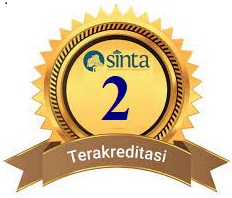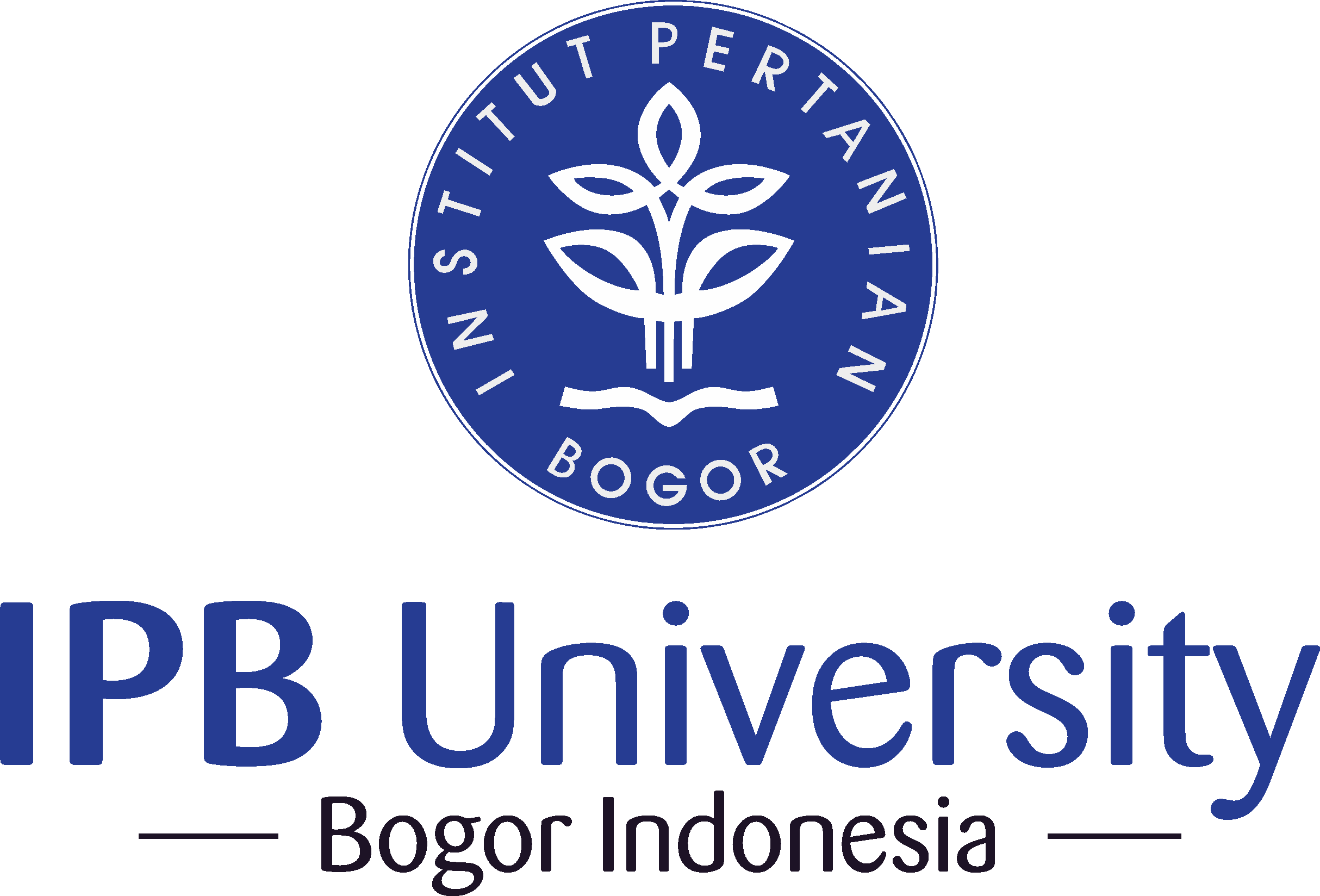Dinamika Produktivitas Padi, Harga Eceran Beras (HEB), dan Harga Pembelian Pemerintah (HPP), serta Korelasi antara HPP dan HEB
Abstract
Rice is the staple food for most of the population of Indonesia. The government set the HPP (government purchasing price) to trigger the increased productivity of rice in the country as well as to improve the welfare/income of farmers. This study aimed to analyze the dynamics of rice productivity, the dynamics of HPP and HEB (retail price of rice), and to analyze the correlation between the productivity of rice, HPP of grain, and HEB in Java in the period of 2010-2014. The analysis showed that in 2010-2014, rice production tended to fluctuate, while the HPP and HEB tended to increase every year, but it is known that there is a correlation between the HPP of grain and HEB in Java.
Keywords: productivity, rice, government purchasing price, retail price of rice, Java Island
Downloads
References
Ansoy, Hasan, Zeki B. 2017. Determination of The Effect of Price Fluctuations on Producer Incometha Case of Potatoes. Turkish Journal of Agriculture-Food Sience and Technology. 5(11): 1342-1349.
Badan Ketahanan Pangan, Kementerian Pertanian. 2015. Data Statistik Ketahanan Pangan Tahun 2014. [internet]. [diunduh 18 Juli 2016]. Tersedia pada: http://bkp. pertanian.go.id
Behrman JR. 1968. Supply Response in Underdeveloped Agriculture. North-Holland (ND).
[BPS] Badan Pusat Statistik. 2012. Produksi Tanaman Pangan, Angka Tetap Tahun 2011 dan Angka Ramalan I Tahun 2012. Juli 2012. Jakarta (ID).
[BPS] Badan Pusat Statistik Provinsi DIY 2013. Indikator Pertanian Provinsi Daerah Istimewa Yogyakarta 2013-2017. Yogjakarta (ID).
[BPS] Berita Resmi Statistik Provinsi Jawa Timur. 2014. Produksi Padi dan Palawija (Angka Sementara Tahun 2013) No. 20/03/35/Th.XII, 3.
Djojohadikusumo, S. 1991. Perkembangan Pemikiran Ekonomi. Yayasan Obor Indonesia. Maret 2014.
Hermanto, Saptana. 2017. Kebijakan Harga Beras Ditinjau dari Dimensi Penentu Harga. Forum Penelitian Agro Ekonomi. 35(1): 2017.
Hossain, Mahabub, Josephine Narciso 2002. Global Rice Market: Trend and Perspectives. Bangladesh Institute of Development Studies (BIDS). 28(4): 1-28.
Irawan B. 2004. Produktivitas Potensial dan Mutu Usahatani Padi Sawah di Jawa: Kecenderungan dan Konsekuensinya terhadap Upaya Peningkatan Produksi Padi. Icaserd Working Paper. 31: 1-31.
Jama, Erizal, Hendiarto, Ening Ariningsih. 2008. Analisis Kebijakan Penentuan Harga Pembelian Gabah. Jurnal Pengembangan Inovasi Pertanian. 1(1): 74-81.
Johan TMI. 2012. Faktor-faktor Yang Memengaruhi Harga Pembelian Pemerintah (HPP) Terhadap Beras di Sumatera Utara. Journal on Social Economic of Agriculture and Agribusiness. 2(2).
Just R. 1974. Investigation of the importance of risk in farmer's decisions', American Journal of Agricultural Economics pp. 1425. https://doi.org/10.2307/1239343
Maulana M. 2012. Prospek Implementasi Kebijakan Harga Pembelian Pemerintah (HPP) Multikualitas Gabah dan Beras di Indonesia. Jurnal Analisis Kebijakan pertanian. 10(3): 211-223. https://doi.org/10.21082/akp.v10n3.2012.211-223
Nurhati I, Ramdhaniati S, dan Zuraida N. 2008. Peranan dan Dominasi Varietas Unggul dalam Peningkatan Produksi Padi di Jawa Barat. Buletin Plasma Nutfah. 14(1): 8-13. https://doi.org/10.21082/blpn.v14n1.2008.p8-13
Prastowo NJ, Tri Y, Depari Y. 2008. Pengaruh Distribusi dalam Pembentukan Harga Komoditas dan Implikasinya terhadap Inflasi. Working Paper Juni 2008, WP/07/2008. Bank Indonesia.
Rahim M. 2010. Dampak Kebijakan Harga dan Impor Beras terhadap Nilai Tukar Petani di Pantai Utara Jawa Barat. Jurnal Trikonomika. 9(1): 29-36.
Saputra A, Arifin B, Kasymir E. 2014. Analisis Kausalitas Harga Beras, Harga Pembelian Pemerintah (HPP), Dan Inflasi Serta Efektivitas Kebijakan HPP Di Indonesia. Jurnal Ilmu-Ilmu Agribisnis. 2(1).
Sawit MH. 2010. Reformasi Kabijakan Harga Produsen dan Dampaknya Terhadap Daya Saing Beras. Orasi Pengukuhan Profesor Riset Bidang Ekonomi Pertanian. Badan Penelitian dan Pengembangan Pertanian. Jakarta (ID): Kementerian Pertanian.
Siagian V, Widyastuti D, Setiowati I, Sintawati R. 2015. Kondisi Aktual Usaha tani Padi Sawah di Kabupaten Padeglang, Banten. Dalam: Prosiding Seminar Nasional Masyarakat Biodiversitas Indonesia. 1(5): 1251-1255. https://doi.org/10.13057/psnmbi/m010 550
Sinuraya BH. 2008. Analisis Hubungan Kebijakan Harga Pembelian Pemerintah dengan Produksi dan Harga Beras di Tingkat Konsumen di Sumatera Utara. [Skripsi]. Medan (ID): Universitas Sumatera Utara.
Siswanto E, Sinaga BM, Harianto. 2018. Dampak Kebijakan Perberasan pada Pasar Beras dan Kesejahteraan Produsen dan Konsumen Beras di Indonesia. Jurnal Ilmu Pertanian Indonesia. 23(2): 93-100. https://doi.org/10.18343/23.2.93
Sudana W. 2011. Efektivitas Penerapan Kebijakan Harga Eceran tertinggi Urea dan Harga Gabah Pembelian Pemerintah di beberapa Sentra Produksi. Jurnal Iptek Tanaman Pangan. 6(1): 30-40.
Suryana A, Rachman B, Hartono MH. 2014. Dinamika Kebijakan Harga Gabah dan Beras dalam mendukung Ketahanan Pangan Nasonal. Jurnal Pengembangan Inovasi Pertanian. 7: 155-168.
Susila, Wayan R, Bonar M. Sinaga. 2016, Analisis Kebijakan Industri Gula Indonesia. Jurnal Agro Ekonomi. 23 (1):30−53.
Usman H. 2009. Pengantar Statistik. Jakarta (ID): Bumi Aksara.
This journal is published under the terms of the Creative Commons Attribution-NonCommercial 4.0 International License. Authors who publish with this journal agree to the following terms: Authors retain copyright and grant the journal right of first publication with the work simultaneously licensed under a Creative Commons Attribution-NonCommercial 4.0 International License. Attribution — You must give appropriate credit, provide a link to the license, and indicate if changes were made. You may do so in any reasonable manner, but not in any way that suggests the licensor endorses you or your use. NonCommercial — You may not use the material for commercial purposes.























